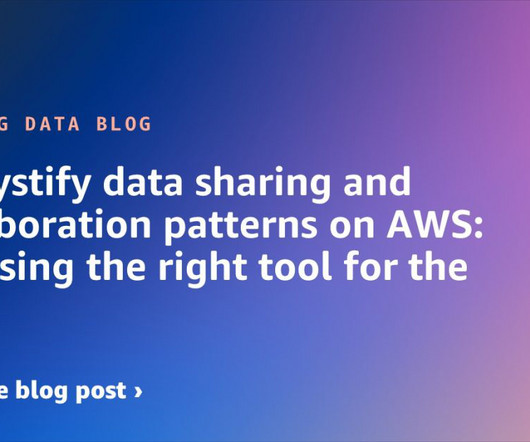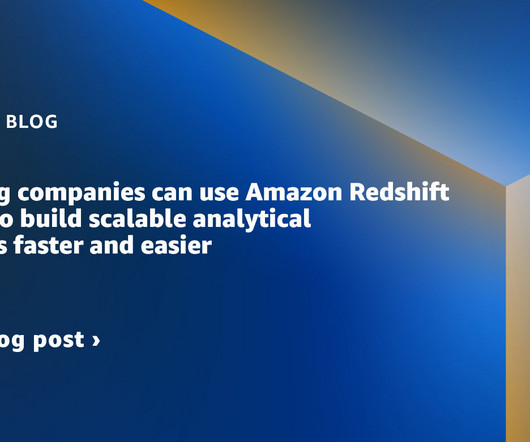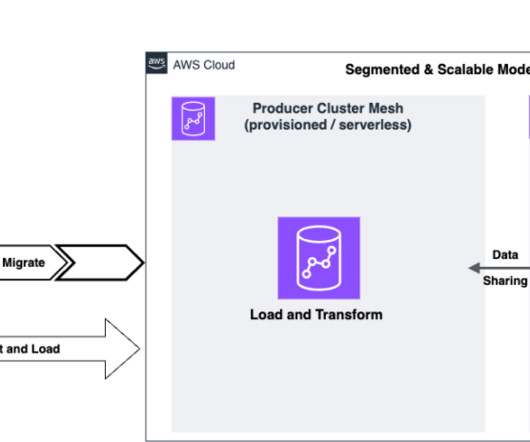Demystify data sharing and collaboration patterns on AWS: Choosing the right tool for the job
AWS Big Data
OCTOBER 21, 2024
However, enterprises often encounter challenges with data silos, insufficient access controls, poor governance, and quality issues. Embracing data as a product is the key to address these challenges and foster a data-driven culture. The following diagram illustrates this architecture.














Let's personalize your content